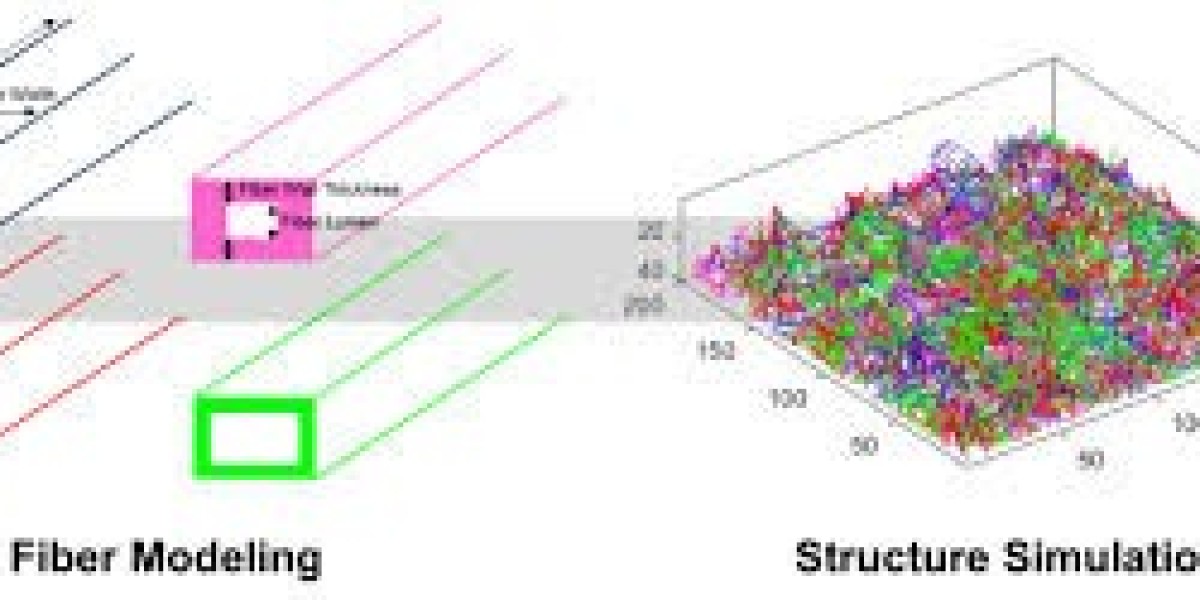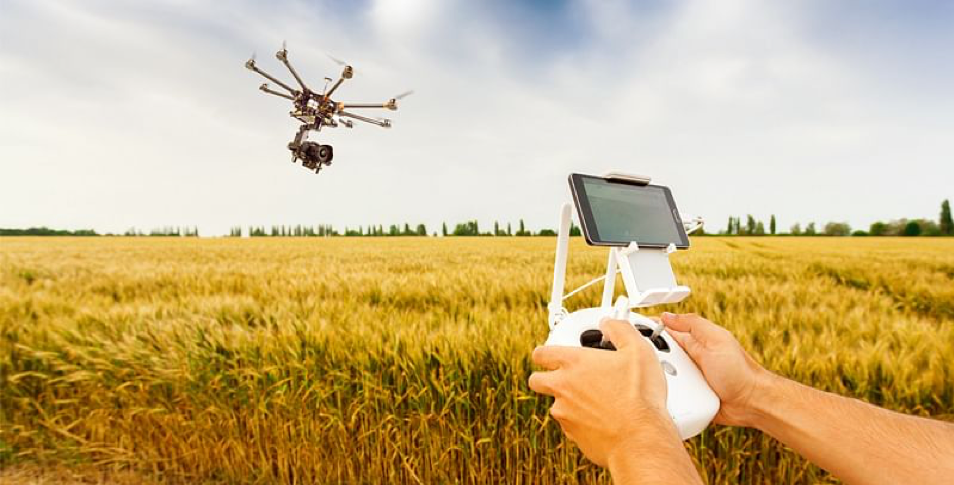How an Embroidery Digitizer Shapes the Future of Modern Design
Introduction
The world of embroidery has come a long way from hand-stitched designs to computer-aided precision. At the heart of this transformation lies the embroidery digitizer—a tool and profession that bridges the gap between creativity and technology. By converting artwork into digital stitch files, an embroidery digitizer ensures that machines can reproduce designs with flawless accuracy. This guest post explores what an embroidery digitizer does, why it is essential, how the process works, and how it is reshaping the embroidery industry in 2025.
Understanding What an Embroidery Digitizer Is
An embroidery digitizer is either a professional or a specialized software used to translate digital artwork into stitch commands that embroidery machines can understand. Unlike simple image editing, digitizing involves creating a map of stitches, directions, densities, and underlays. This is what turns a flat design into a textured, durable embroidered piece.
The role of the digitizer is crucial because even the most beautiful artwork will not embroider properly without careful planning of stitch placement.
Why Embroidery Digitizing Matters Today
In the past, embroidery was limited to manual skills and repetitive methods. Today, embroidery digitizers have expanded creative possibilities in several ways:
Speed and Efficiency – A digitizer allows bulk embroidery production without losing design integrity.
Precision – Stitch types and densities can be customized for different fabrics.
Creativity – Complex logos, detailed patterns, and even photorealistic designs are possible.
Scalability – Designs can be resized without distortion, thanks to proper digitizing.
With businesses and fashion brands demanding unique customization, embroidery digitizers are now indispensable in both small studios and industrial setups.
The Embroidery Digitizing Process Explained
To understand the importance of embroidery digitizers, let’s break down the process step by step:
Step 1: Preparing the Artwork
Every design starts with a digital image, such as a logo or illustration. The embroidery digitizer refines the image to ensure it can be interpreted into stitches.
Step 2: Selecting Stitch Types
Different stitches are used for different parts of a design:
Satin stitches for borders and lettering
Fill stitches for larger areas
Running stitches for outlines and details
Step 3: Assigning Stitch Directions
The embroidery digitizer decides how stitches will flow. Proper direction ensures smooth texture, light reflection, and prevents fabric puckering.
Step 4: Setting Density and Underlay
Stitch density affects how solid or light a design looks. Underlay stitches add stability and help the top stitches lay correctly.
Step 5: Testing and Refining
A professional embroidery digitizer tests the design on a sample fabric. Adjustments are made until the final result is machine-ready.
Qualities of a Skilled Embroidery Digitizer
Not all digitizers are the same. High-quality results depend on the following:
Attention to Detail – Proper stitch count and placement for durability.
Fabric Knowledge – Different materials require different approaches.
Software Expertise – Advanced knowledge of digitizing tools.
Creative Vision – Ability to balance artistic design with technical execution.
A great embroidery digitizer knows how to merge technology with artistry.
Tools and Software Used by Embroidery Digitizers
Modern embroidery digitizers rely on professional software to create stitch files. These programs offer features like stitch simulation, resizing, and advanced editing. Some of the most widely used tools allow digitizers to experiment with different stitch effects and preview results before actual embroidery.
This combination of human expertise and digital software ensures that the final embroidered piece matches the client’s expectations.
The Role of Embroidery Digitizers in Branding
Today, embroidery is not just decorative—it’s a branding tool. From corporate uniforms to sports jerseys, companies rely on embroidery to showcase their logos. An embroidery digitizer ensures that every stitch reflects brand identity. Without digitizing, designs may lose clarity, scale incorrectly, or appear unprofessional.
In branding, consistency is everything. The digitizer plays a central role in maintaining visual standards across thousands of embroidered items.
Challenges Faced by Embroidery Digitizers
Like any craft, digitizing comes with its challenges:
Small Lettering – Tiny fonts often require special adjustments to remain legible.
Color Matching – Translating digital colors into available thread shades is tricky.
Fabric Limitations – Stretchy, thin, or textured fabrics need specialized techniques.
Time Constraints – Quick turnaround demands efficiency without sacrificing quality.
Overcoming these challenges requires skill, patience, and constant learning.
The Future of Embroidery Digitizing
The role of the embroidery digitizer is becoming even more important with technological advancements:
AI-Assisted Digitizing – Software can automate parts of the process, but human creativity still dominates.
3D Embroidery – Digitizers create raised effects for fashion and promotional items.
Eco-Friendly Approaches – Sustainable threads and minimal waste are influencing digitizing choices.
Customization at Scale – On-demand embroidery for e-commerce requires faster digitizing solutions.
As industries move toward personalization, embroidery digitizers will remain at the forefront of innovation.
Practical Tips for Beginners Learning to Be an Embroidery Digitizer
Start Simple – Practice with small logos and lettering before attempting complex designs.
Learn Fabric Behavior – Always test designs on the fabric intended for production.
Invest in Good Software – Quality tools make learning faster and results better.
Focus on Stitch Flow – Visualize how stitches will lay and interact with the fabric.
Keep Updating Skills – Trends and technology evolve constantly in the embroidery world.
FAQs About Embroidery Digitizers
Q1: What is the main role of an embroidery digitizer?
An embroidery digitizer converts artwork into stitch files that embroidery machines can read, ensuring the design is accurately reproduced in thread.
Q2: Do embroidery digitizers use special software?
Yes, they use embroidery digitizing software that allows them to map out stitches, densities, and directions.
Q3: Can anyone become an embroidery digitizer?
With proper training, practice, and the right software, anyone can learn the digitizing process, though mastery requires experience.
Q4: Why can’t I just upload a picture to an embroidery machine?
Embroidery machines cannot read image files directly. They require digitized stitch files created by an embroidery digitizer.
Conclusion
The art and science of embroidery digitizing have revolutionized how designs are brought to life. The embroidery digitizer is not just a technician but an artist who ensures that every stitch reflects precision, durability, and creativity. As embroidery continues to evolve with modern fabrics, branding needs, and fashion demands, digitizers remain at the center of innovation.
From pixels on a screen to stitches on fabric, the embroidery digitizer is the unseen force shaping the future of embroidery.







